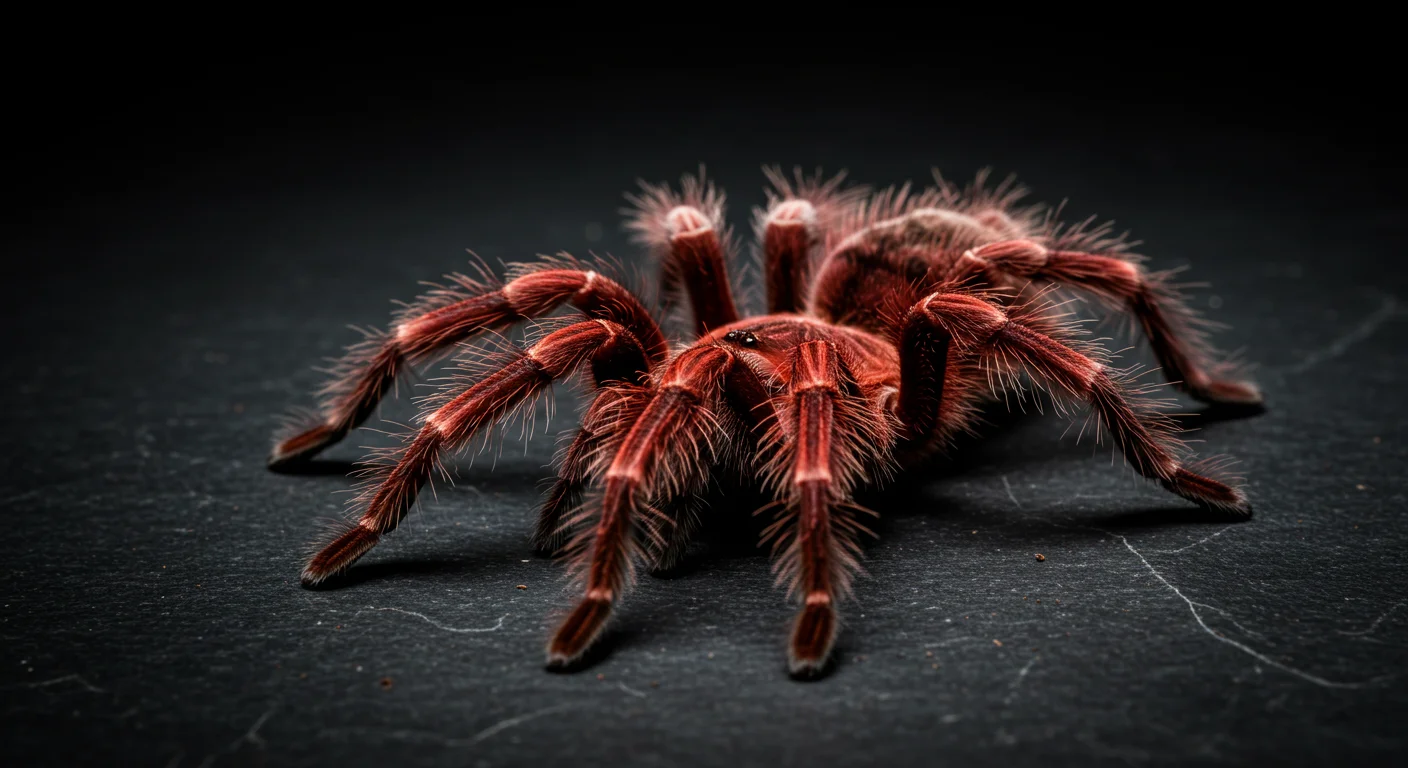Chilean Rose Tarantula Molting: All You Need to Know to Ensure a Safe Process
What is Molting?
Molting, or ecdysis, is a fundamental process in the life of a tarantula. Unlike vertebrates with internal skeletons, tarantulas have a rigid exoskeleton that provides support and protection. However, this exoskeleton doesn’t grow. To increase in size, the tarantula must periodically shed its old exoskeleton and grow a new, larger one underneath. This process is essential for growth and also allows the tarantula to replace damaged parts, such as lost legs or urticating hairs. According to Wikipedia, molting is common amongst many invertebrates, including insects and crustaceans.
Signs of Pre-Molt
Recognizing the signs that your Chilean Rose Tarantula is preparing to molt is crucial for providing appropriate care during this vulnerable time. Key indicators, often referred to as “pre-molt,” include:
- Loss of Appetite: This is often the first sign. The tarantula will refuse offered food, sometimes for weeks or even months before the molt in adults.
- Lethargy: Reduced activity is common. The tarantula may stay hidden or remain still for long periods.
- Darkening Coloration: The exoskeleton, particularly the carapace and abdomen, may appear duller or darker as the new exoskeleton develops underneath.
- Bald Spot Darkening: If your tarantula has kicked off hairs, the bald spot on its abdomen will darken significantly, turning from pinkish/tan to dark grey or almost black.
- Webbing: Some tarantulas, including *G. rosea*, may lay down a thick mat of silk (a “molt mat”) to lie on during the process.
Understanding these signs my tarantula is about to molt is vital for owner preparedness.

The Molting Process
When ready, the tarantula will typically flip onto its back (though sometimes they molt upright or on their side, which is less common but not always problematic). This position can alarm new keepers, who might mistakenly think the tarantula is dead or dying.
- Fluid pressure builds between the old and new exoskeletons.
- The carapace (top shell) cracks open around the edges.
- The tarantula slowly and deliberately pulls its body and legs out of the old exoskeleton, like taking off a tight suit of armor.
- This process can take anywhere from 15 minutes to several hours, generally longer for older, larger tarantulas.
Do Not Disturb! It is absolutely critical *not* to touch, move, or interfere with the tarantula during the molting process unless there is a clear sign of a life-threatening emergency (which is rare). Interference can cause severe injury or death.
Post-Molt Care
Immediately after molting, the tarantula’s new exoskeleton is incredibly soft and vulnerable. Its fangs are also soft and unable to penetrate prey.
- Do Not Feed: Wait until the tarantula’s exoskeleton, especially the fangs, has hardened. This typically takes 7-10 days for juveniles and 10-14 days (or even longer) for adults. Offering food too early can result in damaged fangs or injury from prey.
- Ensure Water Access: Keep the water dish full, as the tarantula will need to replenish fluids.
- Maintain Humidity: Slightly higher humidity can aid in the hardening process, but avoid making the enclosure swampy.
- Remove Old Exoskeleton: Once the tarantula has moved away from it, you can carefully remove the shed skin (exuvia). It can be kept as a neat souvenir!
- Avoid Handling: Do not handle the tarantula until it is fully hardened and has resumed normal activity. Proper [post-molt care for Chilean rose](https://www.lopehare.com/tarantula-pet-care/) ensures recovery.

Potential Molting Problems
While usually successful, molting complications (dyskinetic molt or being “stuck”) can occur, though they are relatively uncommon, especially if husbandry is correct. Potential causes include low humidity, dehydration, injury, or old age. Unfortunately, there is often little a keeper can do to intervene successfully if a molt goes wrong. Prevention through proper care is key.
Molting Frequency
How often a Chilean Rose Tarantula molts depends on its age:
- Slings: Molt frequently, perhaps every month or two.
- Juveniles: Molt every few months to once a year.
- Adults: Molt much less frequently, typically once a year or even every two years, especially older females. Males usually stop molting once they reach sexual maturity.
Conclusion
Molting is a natural and necessary process for your Chilean Rose Tarantula’s growth. By recognizing the signs of pre-molt, understanding the process, and providing appropriate post-molt care (primarily leaving the tarantula undisturbed and delaying feeding), you can help ensure each molt is successful, contributing to the long-term health of your pet.
Information regarding the biological process of ecdysis referenced from invertebrate zoology texts.














